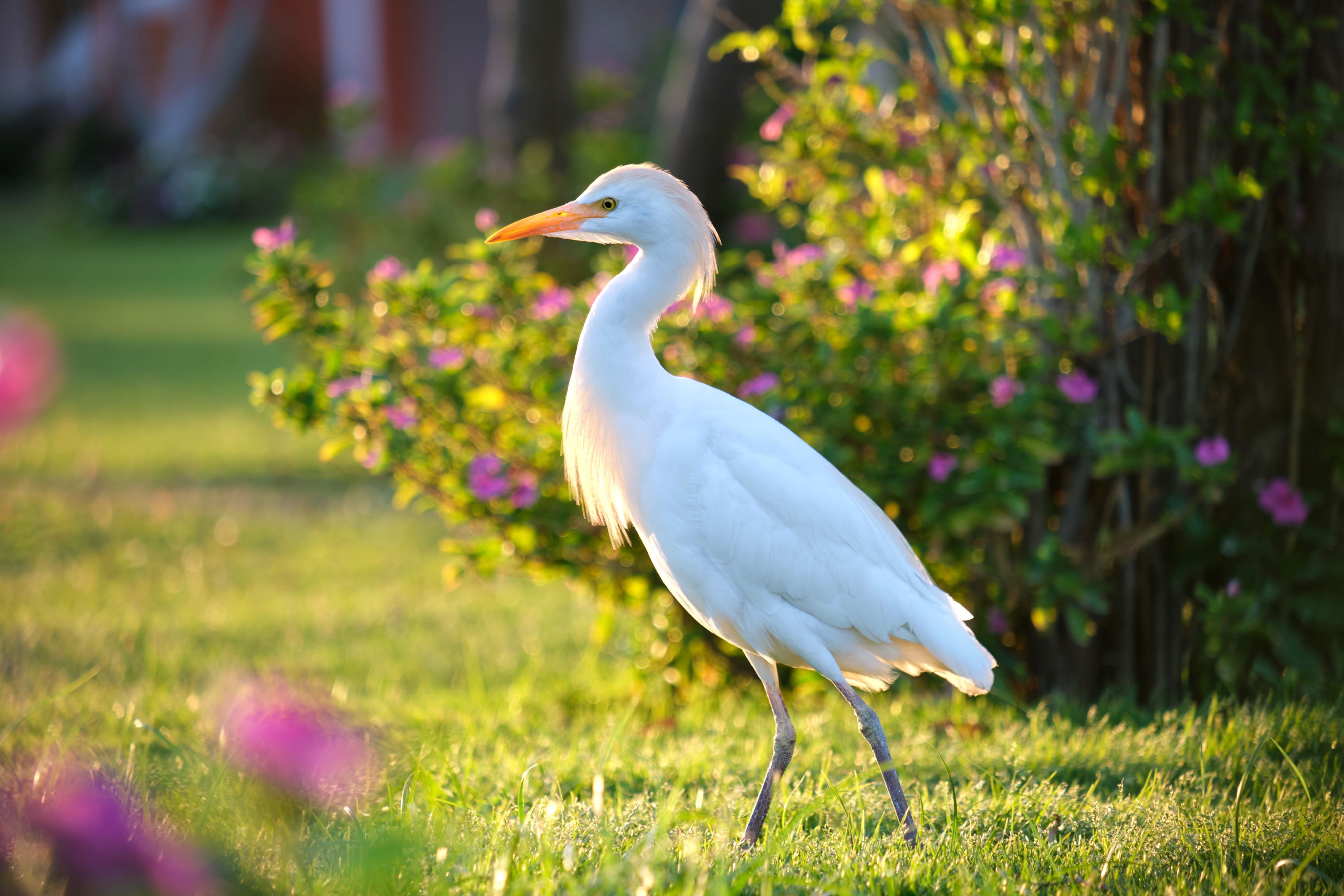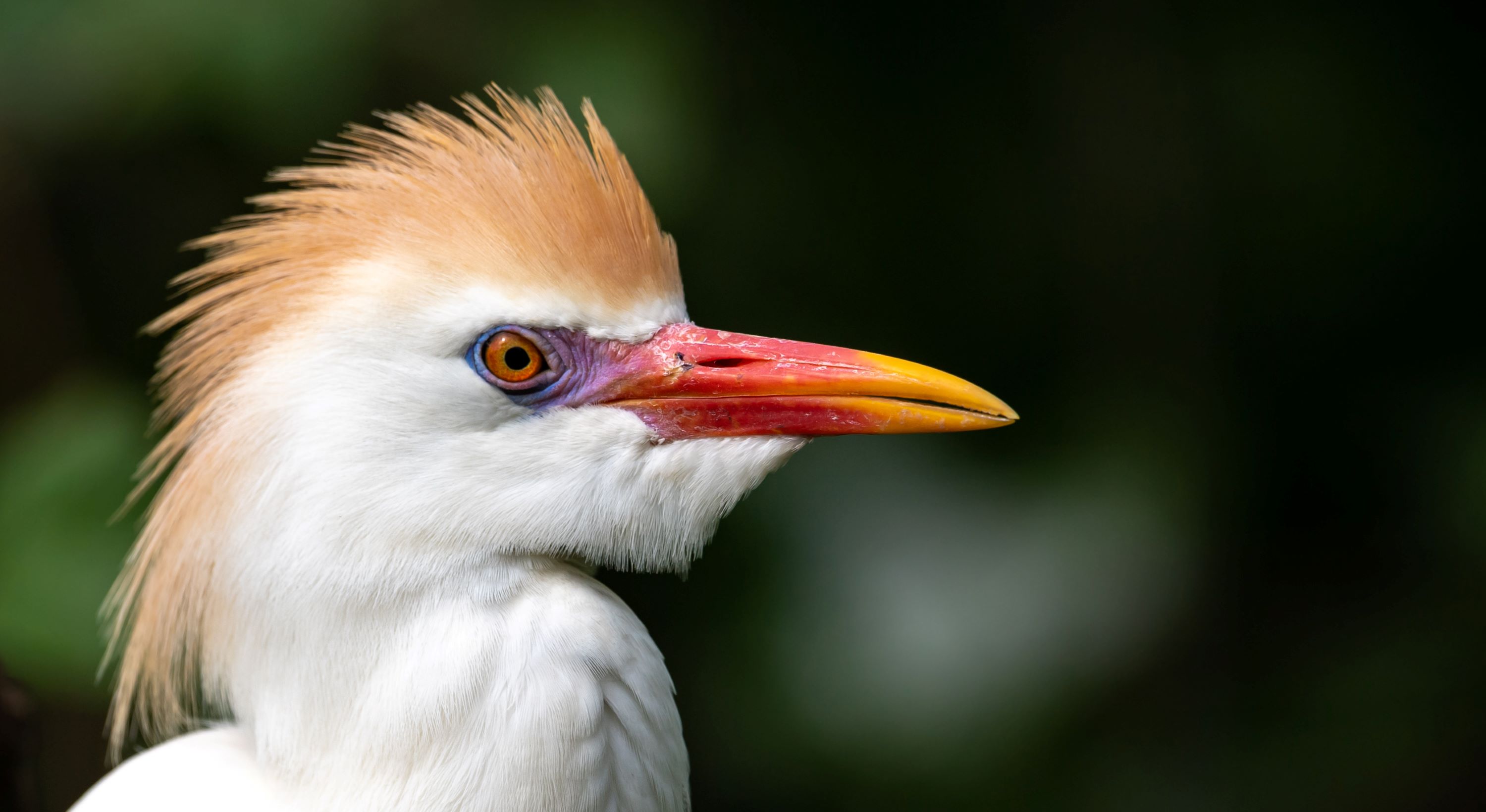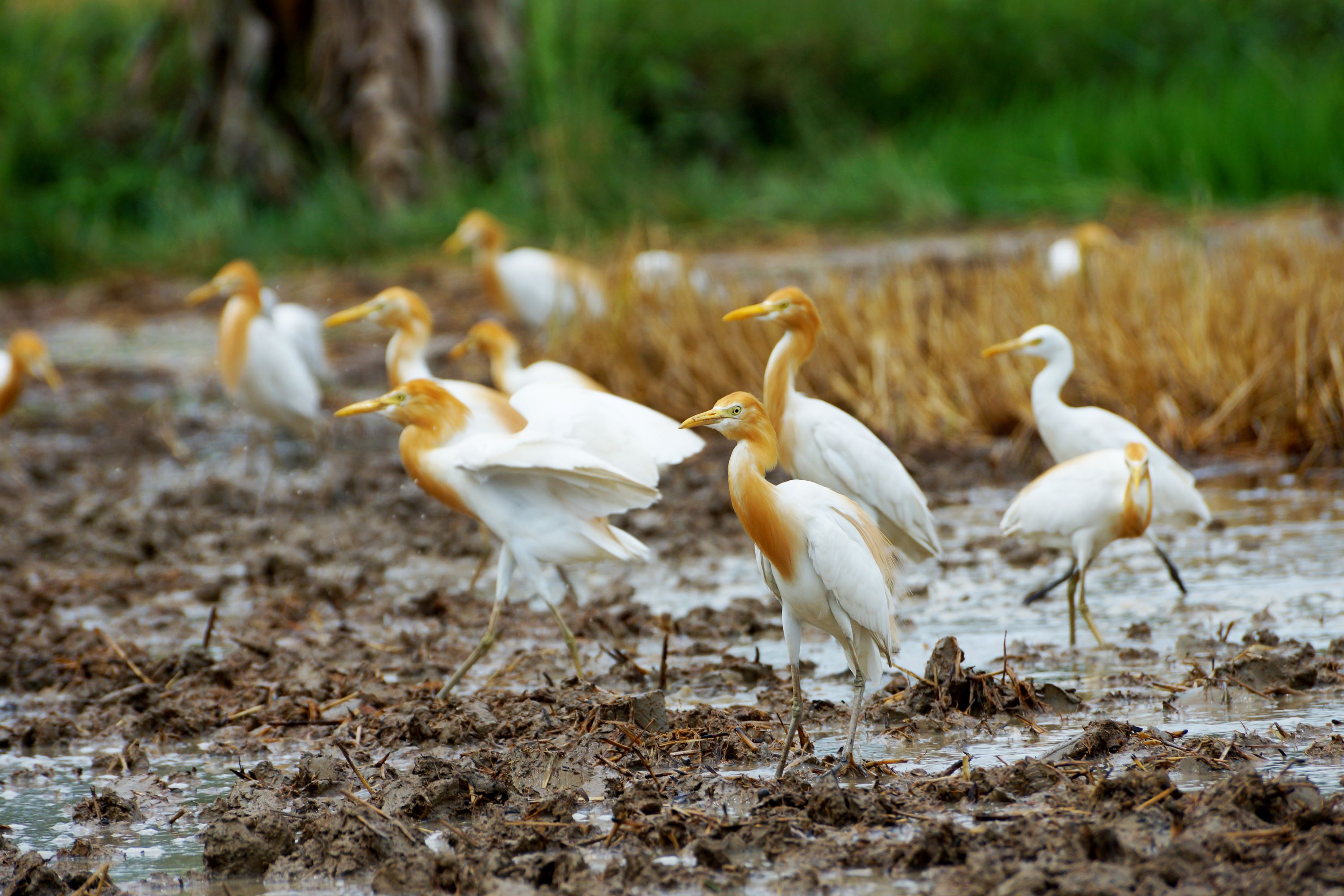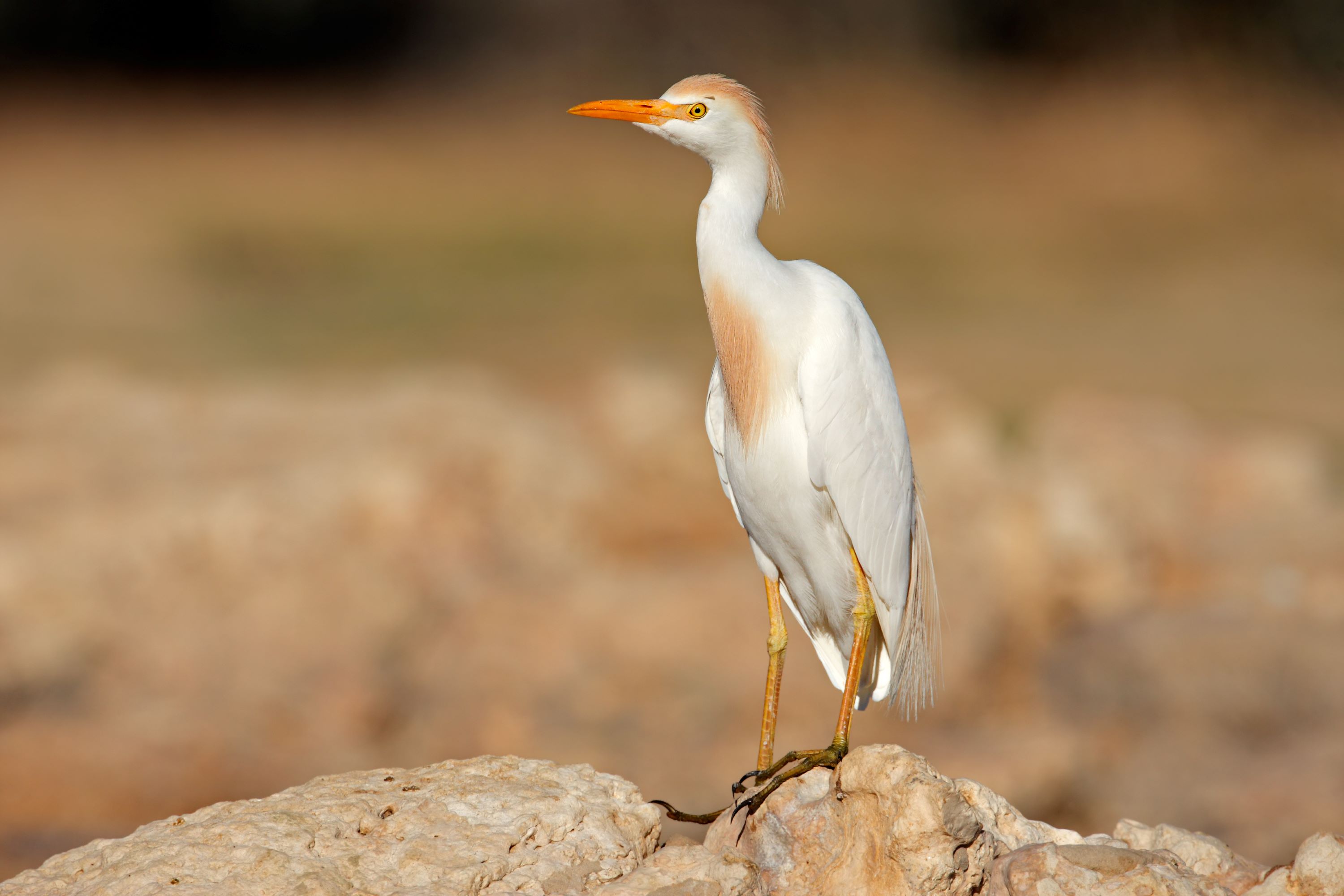
The Genus Bubulcus: The Unique Herons of Grasslands and Pastures
Introduction to the Genus Bubulcus
The genus Bubulcus is a distinctive group within the heron family, Ardeidae, comprising two species: the Western Cattle Egret (Bubulcus ibis ibis) and the Eastern Cattle Egret (Bubulcus ibis coromandus). While some authorities consider them as a single species, the International Ornithological Congress (IOC) recognizes them as separate due to their geographical distribution and subtle variations in behavior.
Physical Characteristics
Birds in the Bubulcus genus are relatively small and robust compared to other herons. They have a predominantly white plumage, which turns into a striking orange-buff during the breeding season. These egrets have a short, thick yellow bill and legs, which may turn reddish during the breeding period.
Species within the Genus
The Western Cattle Egret is primarily found in the western hemisphere, including parts of North and South America, Europe, and Africa. The Eastern Cattle Egret, on the other hand, is native to Asia and Australasia. These two species share many physical traits but have evolved to adapt to their respective environments.

Habitat and Distribution
Bubulcus egrets are found in a variety of habitats but are particularly associated with grasslands, pastures, and agricultural fields. Their presence alongside grazing animals like cattle is a notable characteristic, hence their common name.
Behavior and Lifestyle
The genus Bubulcus is known for its unique behavior of foraging in fields rather than traditional wetland habitats. These birds follow cattle and other large mammals, feeding on the insects that are stirred up by the animals' movement. This behavior exemplifies a symbiotic relationship, benefiting both the egrets and the grazers.
Feeding Habits
Their diet is predominantly insectivorous, feeding mainly on grasshoppers, crickets, and other insects. However, they are adaptable feeders and will also consume small amphibians, reptiles, and mammals when available.

Breeding and Nesting Habits
Bubulcus egrets are colonial nesters, often breeding in mixed-species heronries. Their nests are constructed from sticks and twigs, usually situated in trees or shrubs near water bodies, although some may nest on the ground in grasslands.
Egg Laying and Incubation
The females lay 2 to 5 pale blue eggs. Both parents share the incubation responsibilities, which lasts about 23 to 26 days. The elevated nests help in protecting the young from ground predators.
Chick Rearing and Parental Care
The chicks are altricial and require significant care and feeding. Both parents feed the chicks by regurgitation. The young fledge the nest at about 6 weeks old but may remain dependent on their parents for a while longer.

Vocalizations and Communication
Bubulcus egrets are relatively vocal, especially during the breeding season. They produce various sounds, including croaks and clucks, used for communication within the colony.
Conservation Status
The Bubulcus genus is currently not under significant threat. Their adaptability to various environments, including human-modified landscapes, has enabled them to thrive in numerous regions.
Bubulcus in Utah
In Utah, the Western Cattle Egret (Bubulcus ibis ibis) can be found, particularly in agricultural areas and wetlands. They are often seen in fields and meadows, frequently near grazing animals.
Conclusion
The genus Bubulcus showcases the incredible adaptability and diversity within the heron family. Their unique foraging behavior in association with terrestrial mammals highlights an exciting aspect of avian ecology. Understanding the ecology and behavior of these birds contributes to our knowledge of bird adaptation and the dynamic nature of species survival in varying habitats.